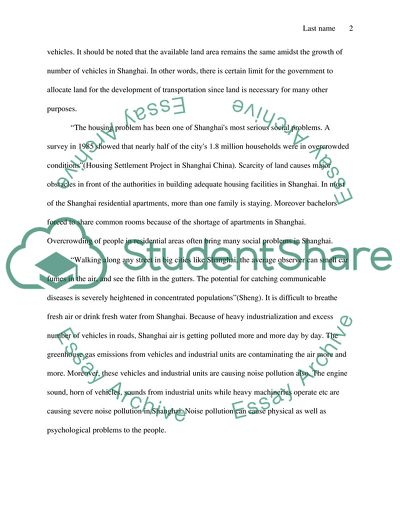Cite this document
(Shanghai's Most Serious Social Problems Case Study, n.d.)
Shanghai's Most Serious Social Problems Case Study. Retrieved from https://studentshare.org/sociology/1768279-what-effect-will-overcrowding-have-on-the-following-cities-shanghai-and-mumbai
Shanghai's Most Serious Social Problems Case Study. Retrieved from https://studentshare.org/sociology/1768279-what-effect-will-overcrowding-have-on-the-following-cities-shanghai-and-mumbai
(Shanghai'S Most Serious Social Problems Case Study)
Shanghai'S Most Serious Social Problems Case Study. https://studentshare.org/sociology/1768279-what-effect-will-overcrowding-have-on-the-following-cities-shanghai-and-mumbai.
Shanghai'S Most Serious Social Problems Case Study. https://studentshare.org/sociology/1768279-what-effect-will-overcrowding-have-on-the-following-cities-shanghai-and-mumbai.
“Shanghai'S Most Serious Social Problems Case Study”. https://studentshare.org/sociology/1768279-what-effect-will-overcrowding-have-on-the-following-cities-shanghai-and-mumbai.


